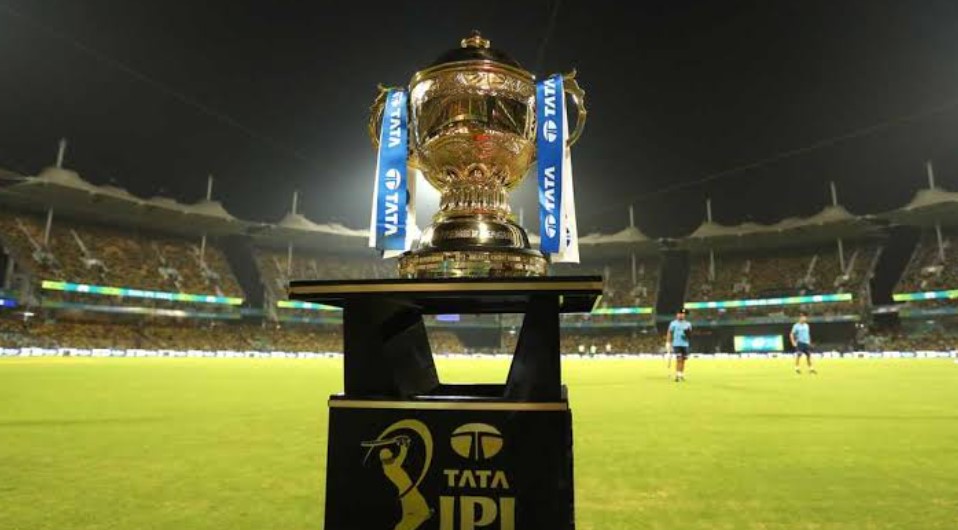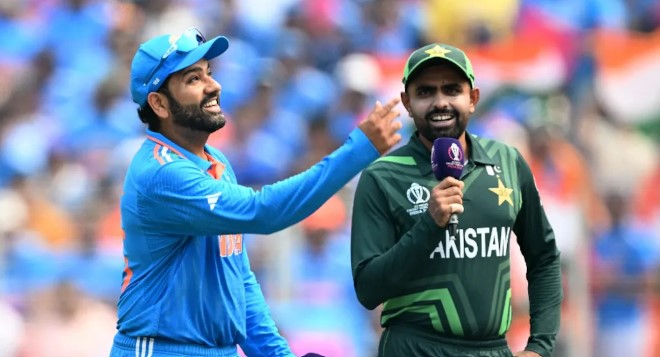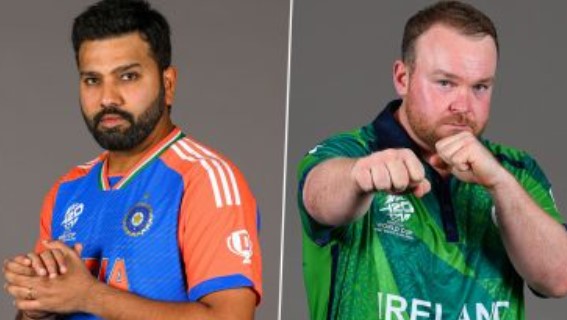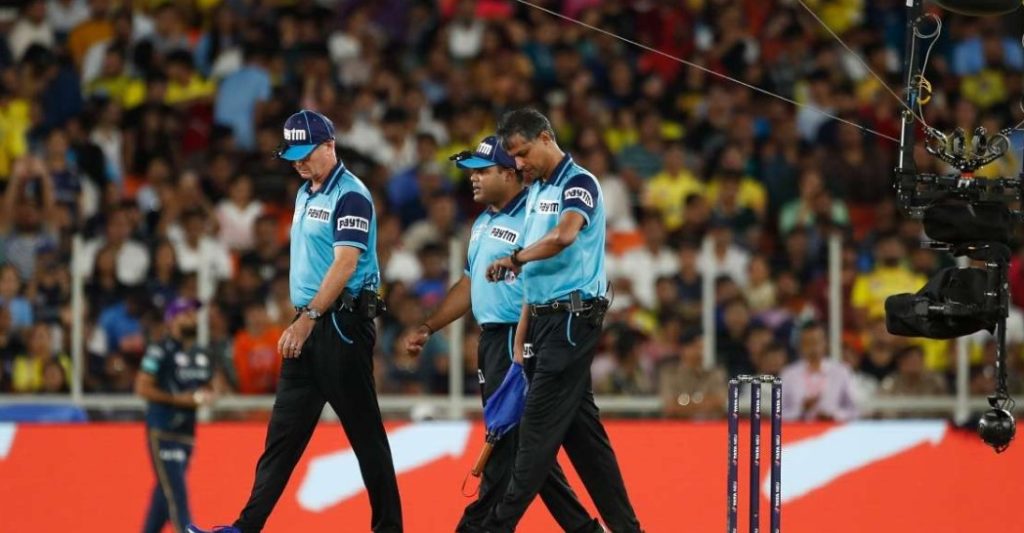
The TV umpire will get inputs directly from two Hawk-Eye operators who will be present in the same room as the umpire. These operators will supply the TV umpire with pictures that were collected by any of the eight high-speed cameras that Hawk-Eye has deployed throughout the ground. Under the new approach, the TV broadcast director, who had previously served as a conduit between the third umpire and the Hawk-Eye operators, will no longer be engaged in the process.
There is a consensus that the Smart Replay System will make it possible for the TV umpire to refer to a greater number of visuals than they were previously able to, including split-screen views. Consider the scenario in which the first fielder on the boundary rope makes a relay catch as it is happening in mid-air. Previously, the broadcaster was unable to give a split screen of the fielder’s feet and hands at the exact time when the ball was caught. This was accomplished by using a split screen.
Additionally, synchronized film of the feet may be shown on a split screen under the new method. This allows the umpire to be shown when the ball is caught or released. In a similar vein, a split screen may now display, in the event of an overthrow that goes for four, whether the batters had crossed or not when the fielder delivered the ball (for an example of a particular use case, consider the 2019 World Cup final). In the past, the television umpire did not get pictures that were as clear as they are now, partly because the broadcaster was unable to combine the two views.
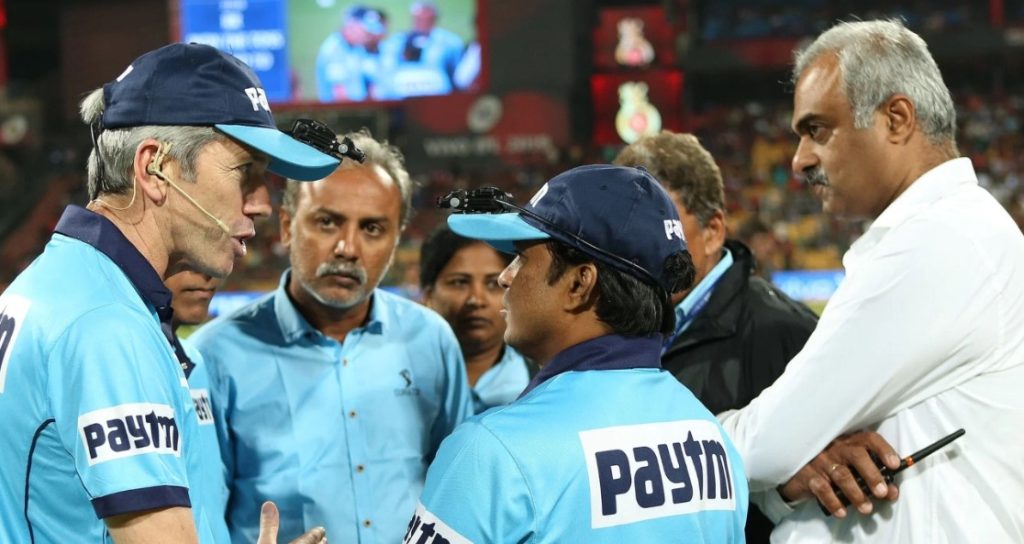
During any given match, there are a total of eight Hawk-Eye cameras: two on each side of the pitch, located on the straight boundary, and two on each side square of the wicket of the wicket. Before the Indian Premier League 2023, the primary applications for Hawk-Eye cameras were ball tracking and UltraEdge. In other words, the broadcaster relied mostly on video from their cameras for any on-field referrals, except inspections for head-on collisions and edges. That includes recommendations for overthrows, catches, stumpings, and run-outs, among other things.
Within the context of the Smart Review System, the TV umpire can request that the Hawk-Eye operators provide him with the split screen in the event of a stumping referral. If there is a discernible gap as the ball passes the bat, he will not inquire about the UltraEdge (to determine whether or not it was a catch behind), but rather he will continue to inspect the side-on replay for the stumping. Only if the television umpire does not see a wide gap between the bat and the ball will he refer to UltraEdge.
The new system will have the ability to display tri-vision for stumpings, which is effectively video from side-on cameras as well as footage from front-on cameras in a single frame. It is essential to employ the front-on-camera viewpoint because it provides a more precise depiction of the removal of bail. In the past, the broadcaster would display video from Stump Cam in addition to the side-on perspective from each of the sides.
However, the Stump Cam captures the action at a slower pace of roughly fifty frames per second, in contrast to the Hawk-Eye cameras, which record at approximately three hundred frames per second. This means that the umpires will now have access to a video that is more accurate to use as a basis for their judgment. It is also possible that the Smart Review System will give further clarification if a catch is made that is just a few inches from the ground.
There have been instances in the past when such referrals have prompted discussion about the judgment made by the television umpire, with the video evidence that was used to make that decision seeming to be inconclusive. beneath the previous method, the TV umpire would request that the TV director give him the best perspective that was available to offer clarity on whether or not the ball bounced before the fielder pouched it or whether or not the fielder had their fingers beneath the ball. It was not always the case that the zoomed-in pictures provided conclusive evidence.
